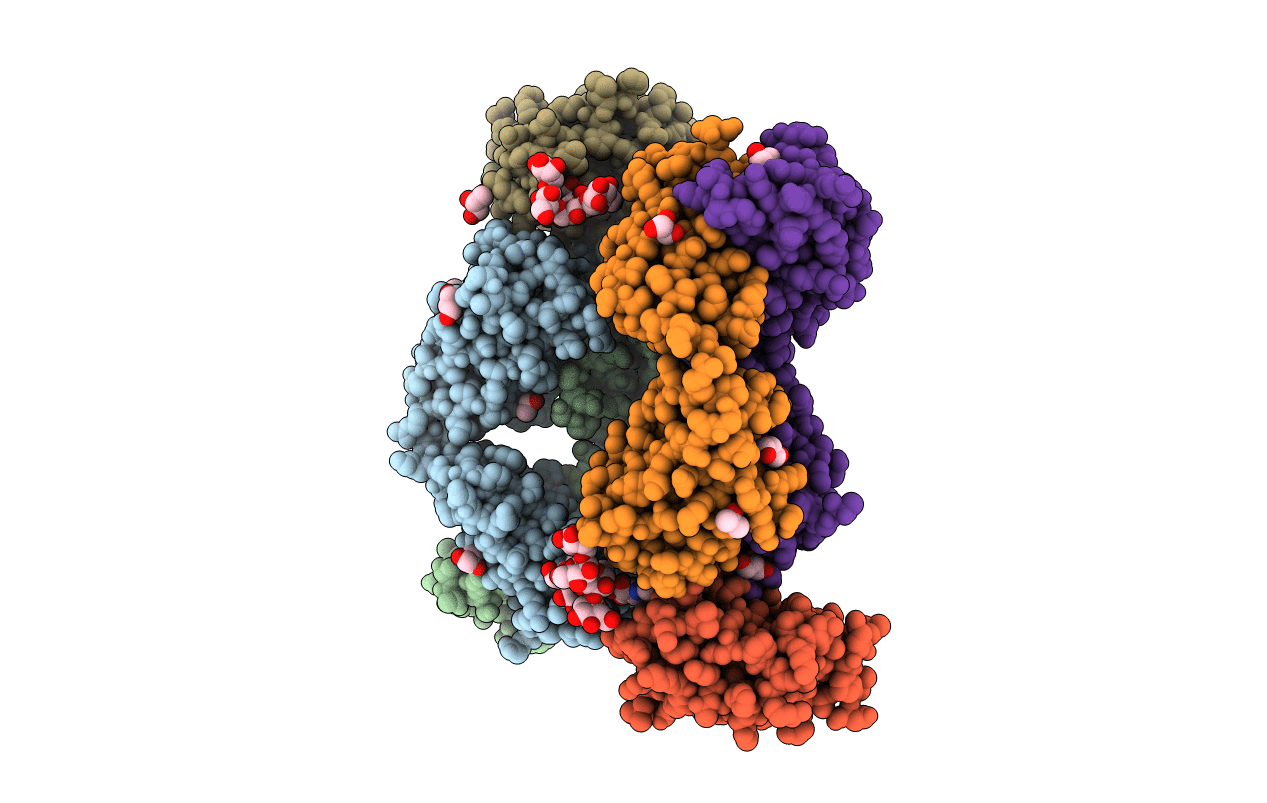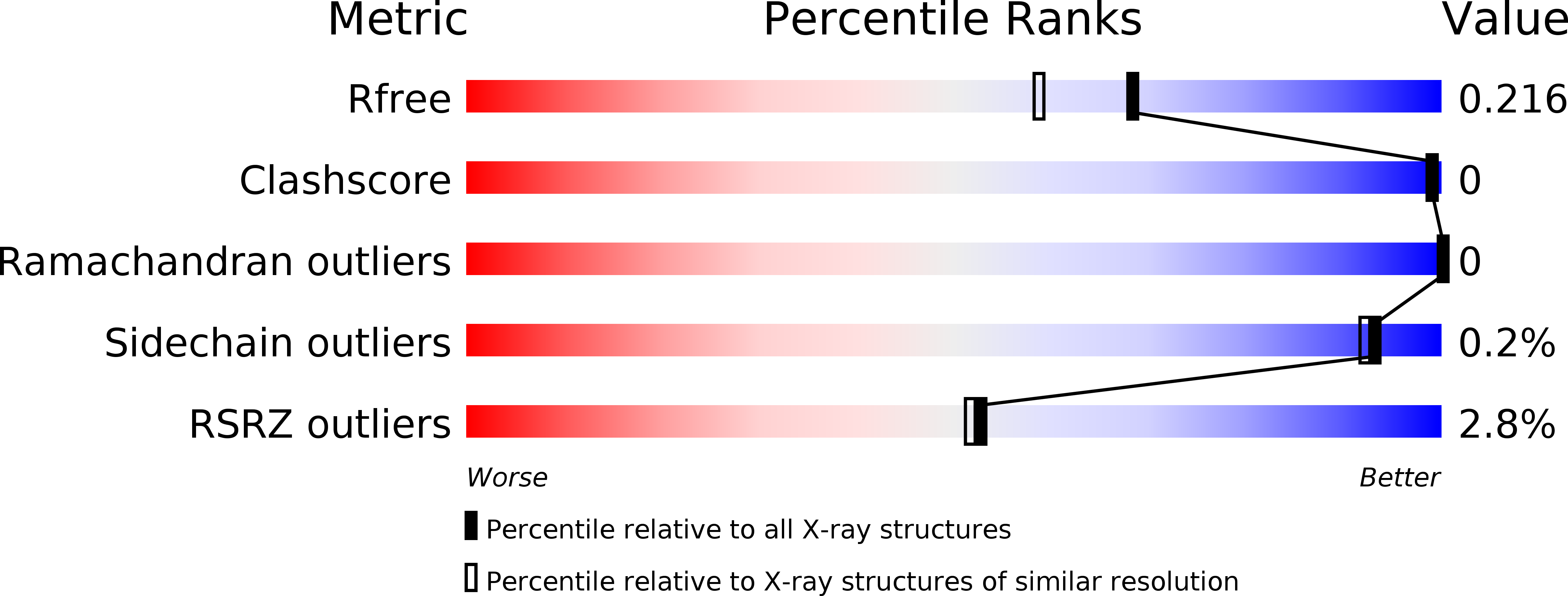
Deposition Date
2017-05-03
Release Date
2017-06-28
Last Version Date
2024-10-23
Entry Detail
PDB ID:
5NUZ
Keywords:
Title:
Junin virus GP1 glycoprotein in complex with an antibody Fab fragment
Biological Source:
Source Organism:
Mus musculus (Taxon ID: 10090)
Junin mammarenavirus (Taxon ID: 11619)
Junin mammarenavirus (Taxon ID: 11619)
Host Organism:
Method Details:
Experimental Method:
Resolution:
1.85 Å
R-Value Free:
0.20
R-Value Work:
0.18
R-Value Observed:
0.18
Space Group:
P 21 21 21


